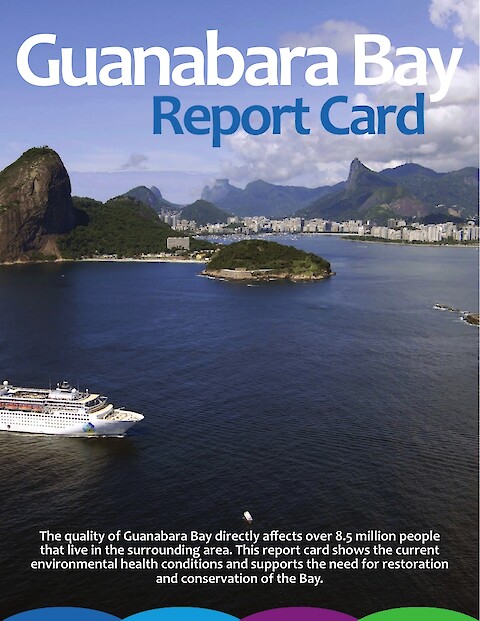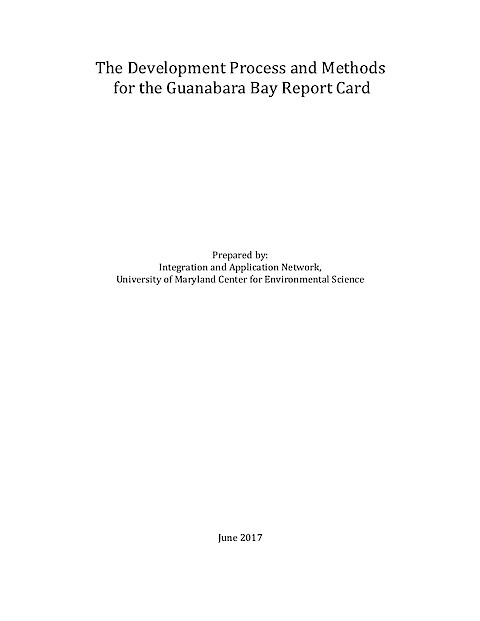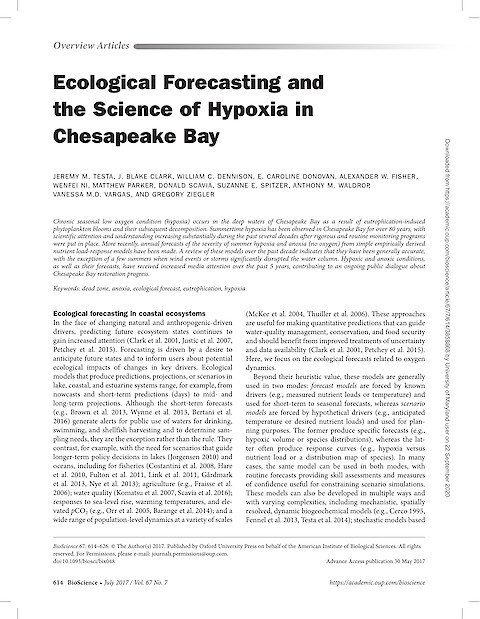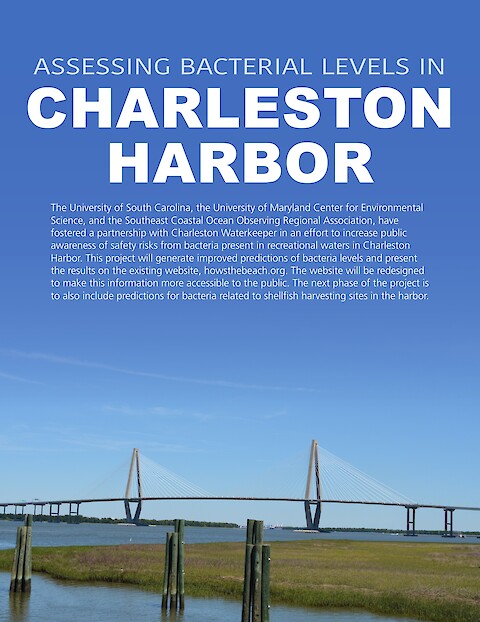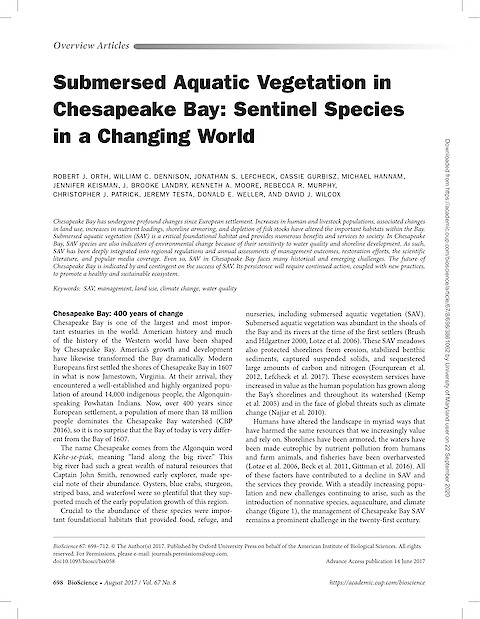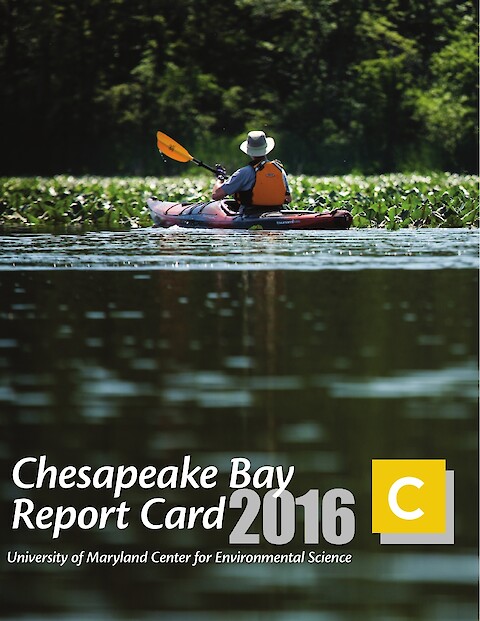Ecological Forecasting and the Science of Hypoxia in Chesapeake Bay
Testa JM, Clark JB, Dennison WC, Donovan EC, Fisher AW, Ni W, Parker M, Scavia D, Spitzer SE, Waldrop AM, Vargas V, And Ziegler G ·
2017
Chronic seasonal low oxygen condition (hypoxia) occurs in the deep waters of Chesapeake Bay as a result of eutrophication-induced phytoplankton blooms and their subsequent decomposition. Summertime hypoxia has been observed in Chesapeake Bay for over 80 years, with scientific attention and understanding increasing substantially during the past several decades after rigorous and routine monitoring programs were put in place.
Read more




